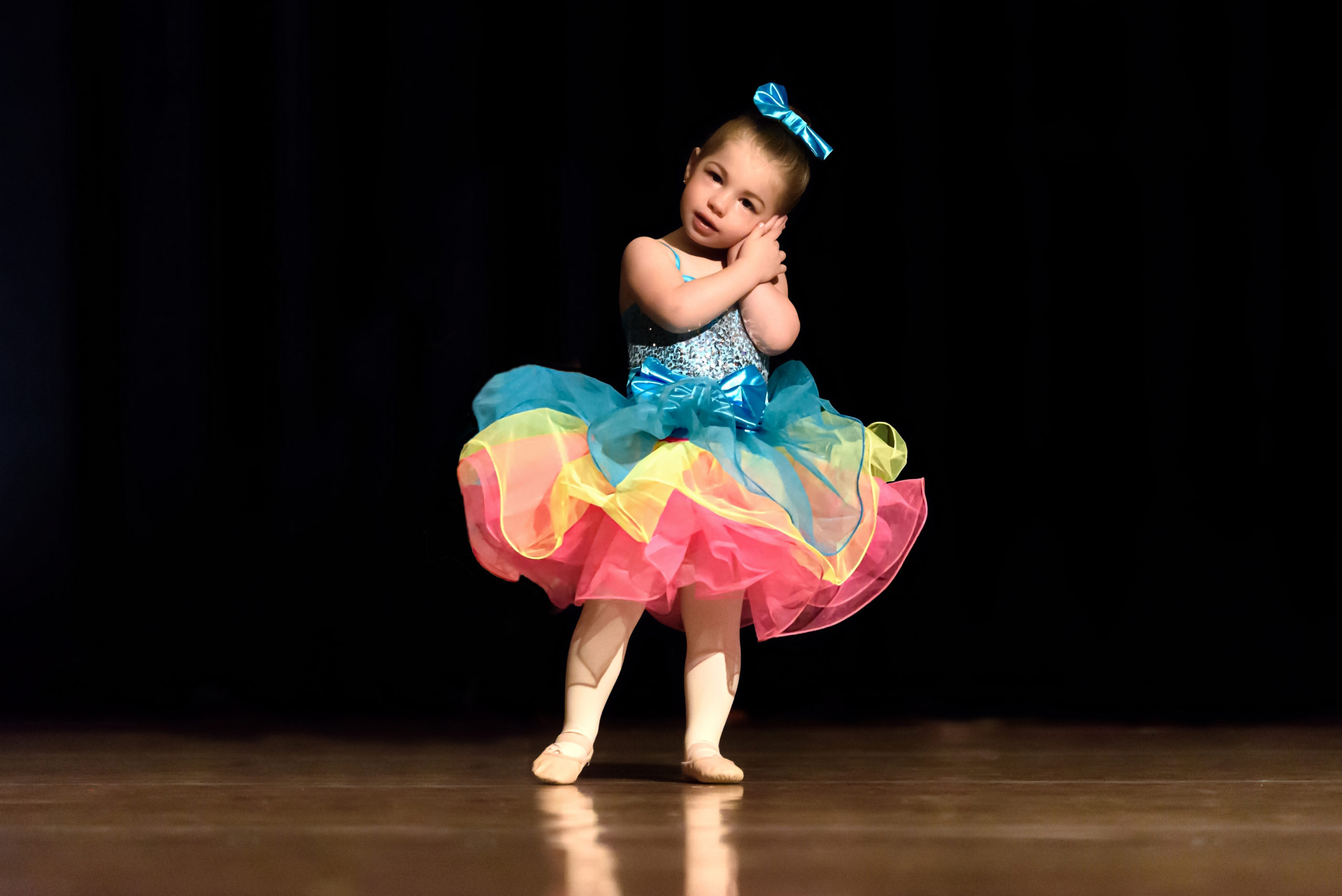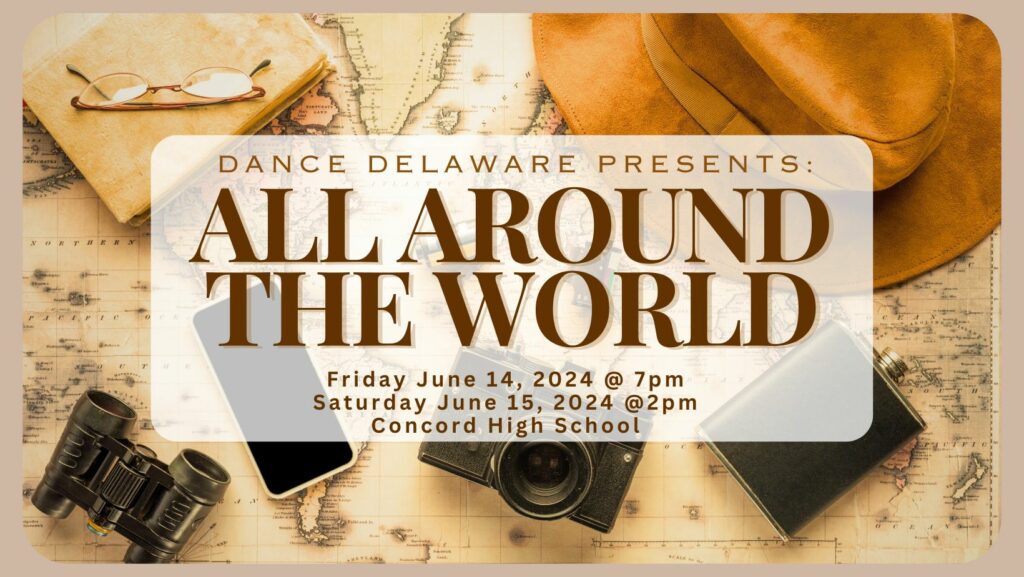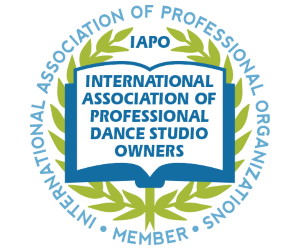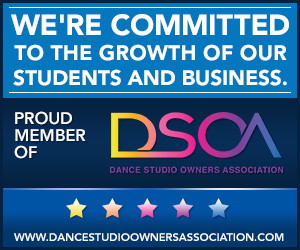A Standard Of Excellence
AWARDED 2024 "BEST DANCE INSTRUCTION" in WILMINGTON, DELAWARE
This is DanceDelaware's 5th year in a row receiving the Best Dance Instruction and have been inducted into Delaware's Hall of Fame.
DanceDelaware believes that the arts have a unique power to engage and motivate towards excellence. We strive to reach every child, regardless of language, culture, and physical challenges. Through our distinctive dance program, students develop discipline, respect, confidence, self-esteem and a standard of excellence that carries over into all other aspects of their lives. With a wide range of dance styles, DanceDelaware provides comprehensive training, rooted in technique, that will help nurture and develop well-rounded and versatile dancers.
Under the leadership of Valerie Smith, DanceDelaware’s faculty brings decades of professional education and performance experience to the program, offering high standards of training and care for the overall health and well-being of each student.
The Benefits Of Dance

Ballet & Pointe
Ballet is the foundation of all dance forms and it provides grace, poise, and technique needed to be proficient in all other areas of dance. Early ballet classes will help dancers with posture, flexibility, turnout, terminology and ballet positions.
Tap
Tap dance is an exciting form of dance that involves dancers using their feet like drums to create rhythmic patterns and timely beats. Dancers practice a series of steps, adding more difficult combinations as they become more proficient. Tap dancing is a vigorous form of dance, requiring a great deal of physical fitness.
Jazz
Jazz is a fun dance style that mixes many different forms of movement. Jazz dancing often uses bold, dramatic body movements, including body isolations and contractions.
Contemporary Lyrical
Contemporary Lyrical dancing is combining ballet and jazz technique to execute a more interpretive and expressive form of dance. This style performed to music with lyrics to inspire movements to express strong emotions the choreographer feels from the lyrics in the chosen song.
Hip Hop
This discipline teaches the latest, most innovative and trendy urban dance techniques. Elements include proper conditioning, stretch and strengthening techniques, as well as dance steps and combinations.
Technique
Focusing on core, leg, and arm strength and overall flexibility. Students will build muscle, obtain balance, and gain more abilities to become stronger dancers. Focused on leaps, turns, tricks, and legs while learning new and innovative choreography to expand the student's dance vocabulary and ability when performing.
Gymnastics
Learning gymnastics in conjunction with dance allows dancers to develop and display physical strength, flexibility, balance and agility.
Musical Theater Dance
Acting, singing, dancing = Recreating dances from broadway shows to television to film. Fun, energetic styles of dance for all levels to enjoy.






